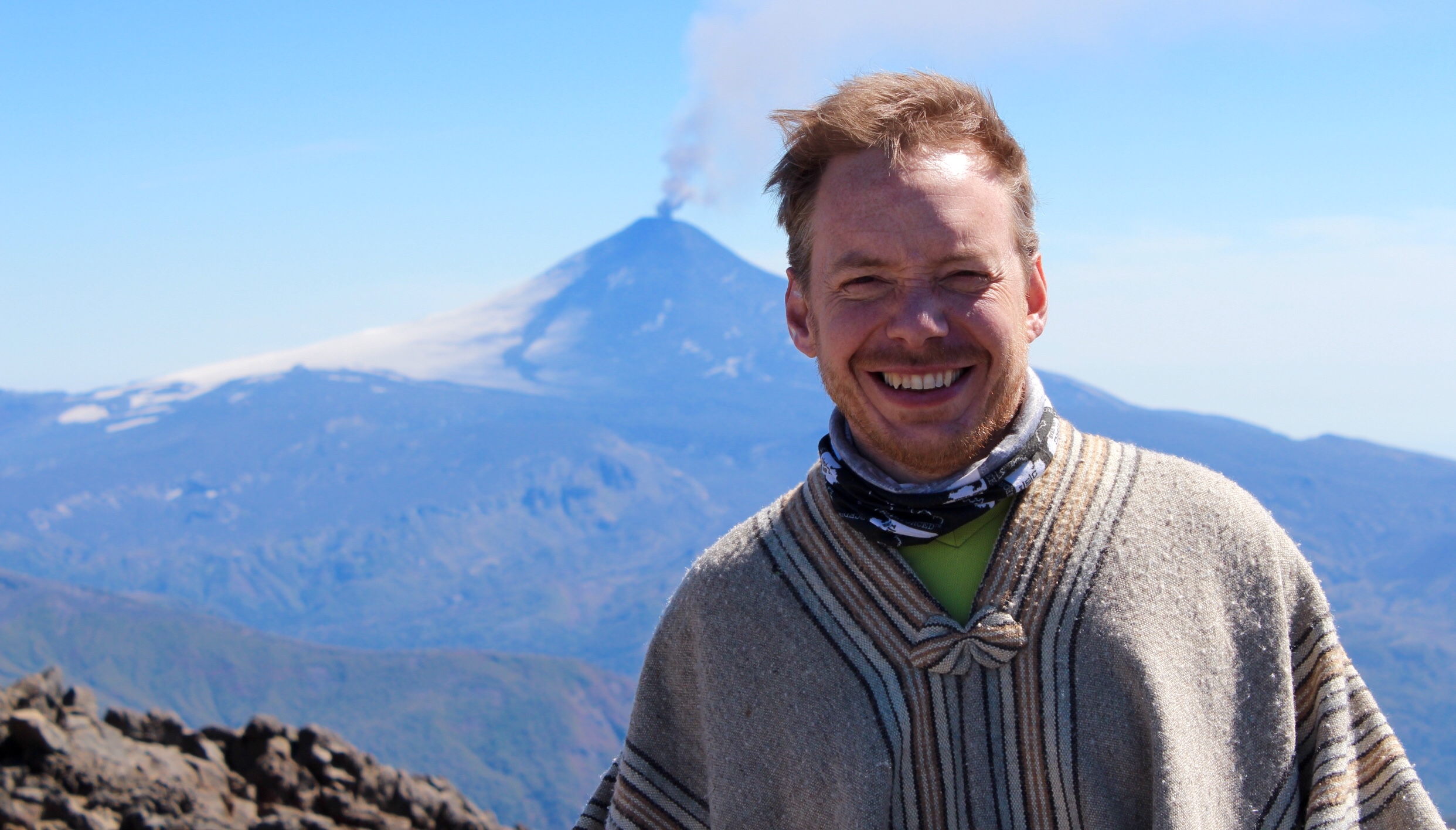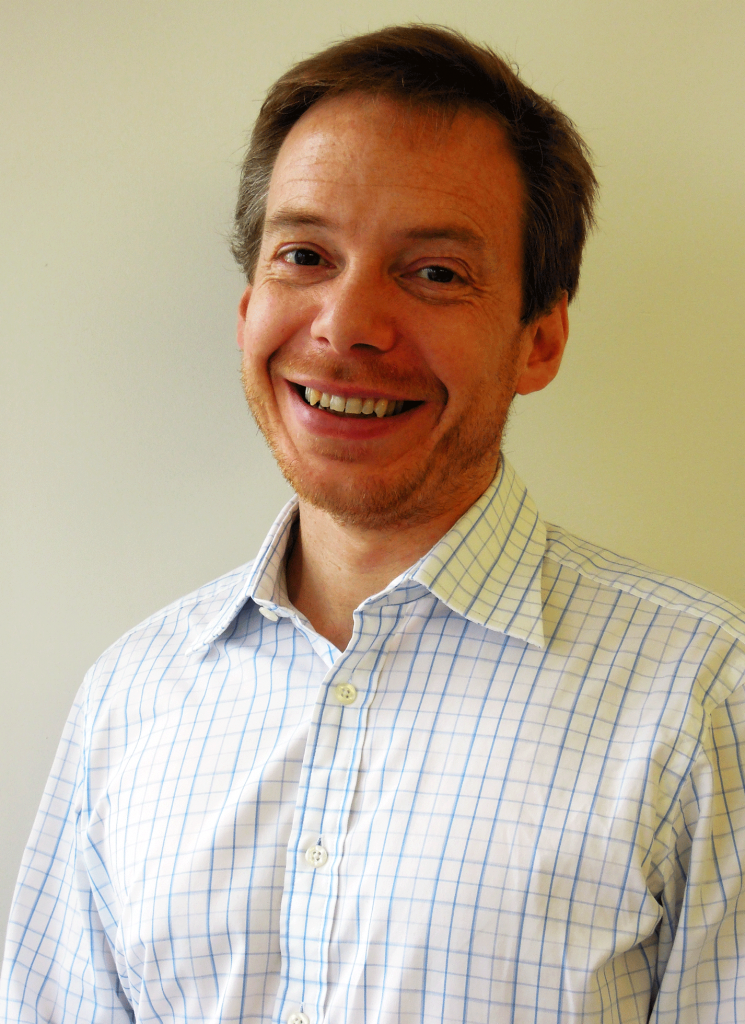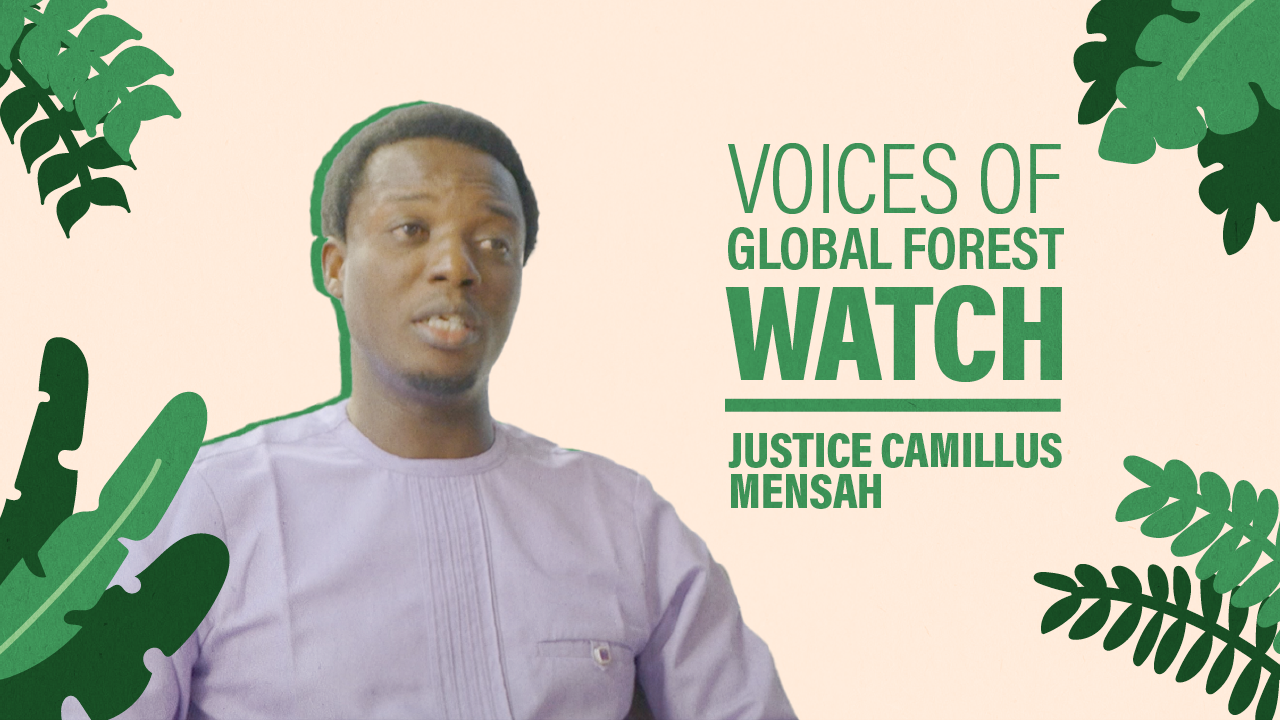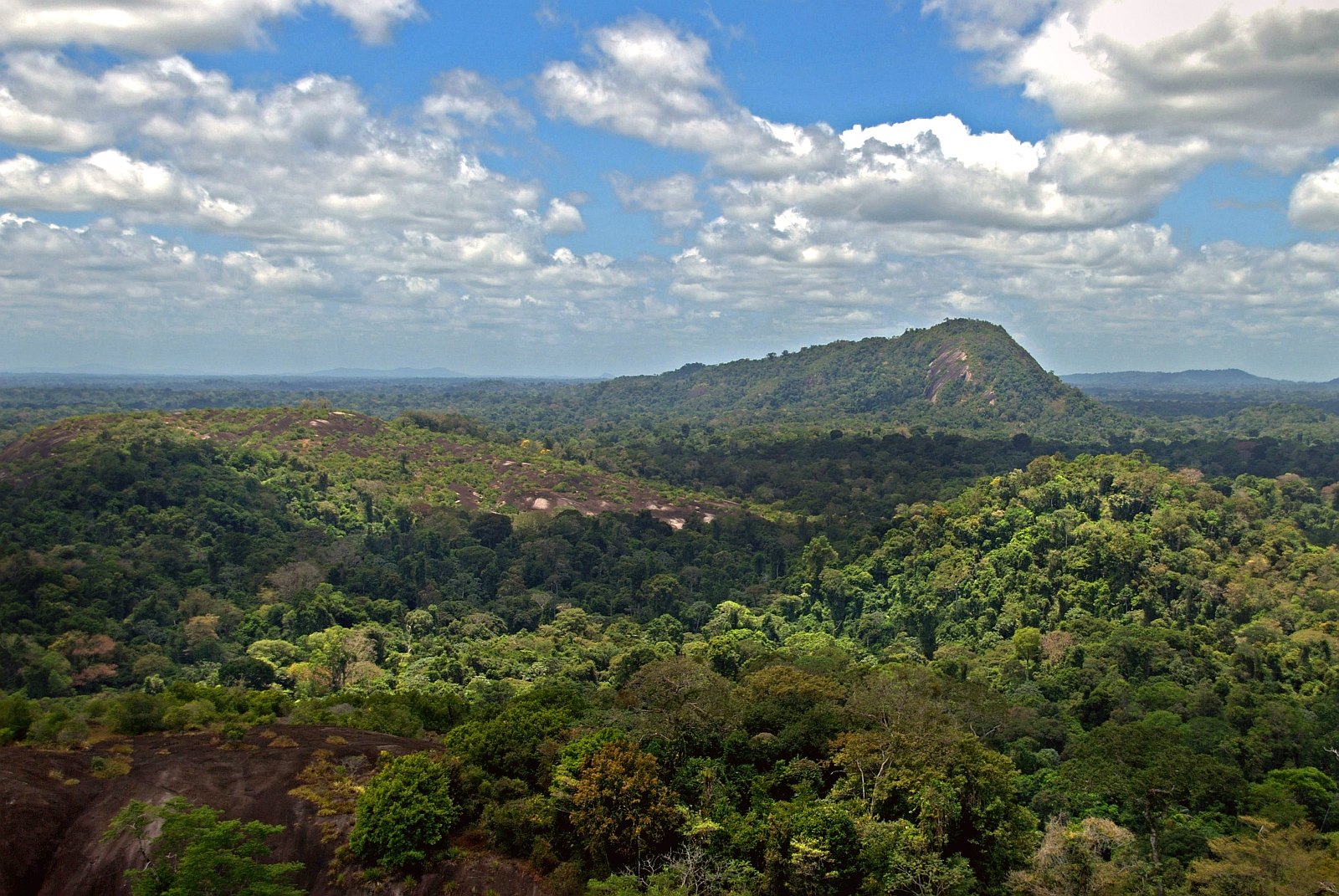- People
GFW User Profile: Andrew Heald

For this installment of GFW User Profiles, we spoke with Andrew Heald, forestry consultant; technical director, UK Confederation of Forest Industries.

What do you do? I am a sustainability and forestry consultant. I’ve worked in this sector for more than 20 years, and with a range of organizations from forest product companies like UPM and Mondi to the World Wildlife Federation, the Forest Stewardship Council and the World Business Council for Sustainable Development. Currently I work with a trade organisation called the UK Confederation of Forest Industries. A lot of my work centers on forest certification in the UK—how to make certification simpler, more robust and risk-based, and how to incorporate remote sensing to reduce auditing costs. How did you become interested in forests? I have always wanted to work in the “outdoors.” Initially, I wasn’t sure whether this would be in farming or conservation. I ended up in forestry after working with a timber harvesting company as a countryside ranger looking after land around a large reservoir. They were looking for someone who understood the conservation and recreation side of land management, and I liked the idea of working for a private sector company. That was over twenty years ago! How did you find out about Global Forest Watch? I use social media a lot, and try to encourage others in the forestry sector to use it also because it’s a great way to communicate and to understand people’s concerns about sustainability. I kept seeing GFW posts on Twitter and was really interested in the maps and the data. I work mainly with plantation forests, so some of the deforestation maps were a cause of concern. What do you do with the GFW data? I’m highly engaged with GFW on Twitter, but it’s mostly supplementary to my professional work. Still, I think there are opportunities for forest companies to leverage GFW for their certification processes and sustainability messages. For example, some companies know very little about their supply chains, and they rely on certification as an indicator of sustainable management and sourcing. But certification systems aren’t perfect. Auditing can be time-consuming, expensive, and even inaccurate depending on the circumstances. Using a tool like GFW and remote sensing technologies can improve the auditing and certification process, in terms of cost, efficiency, and credibility because the visual proof of your impact is easily accessible. In terms of my area of work, I think GFW has the potential to be a compelling communication tool. It reminds me of a campaign by Icebreaker Merino in which the company put barcodes on their clothes that the customer could scan to trace the wool back to the farm and sheep. That’s a great communication and traceability tool that could be adopted by the forestry industry to give consumers more reassurance about the wood products they buy. This also has positive implications for businesses. Instead of producing costly auditing reports that no one reads, certification bodies could set up a similar, improved traceability network instead. That way all the necessary documentation is still available, but in a much more accessible (and interesting) format. Did you find anything surprising with the data? One of the early versions of GFW showed significant areas of pink (tree cover loss) in the UK—The Guardian even reported on it. These were mostly plantation areas so it made sense that the cyclical change was being picked up, but it caused some confusion. I was also surprised to see that GFW picked up the change in UK moorland management as tree cover loss. That region’s heavy vegetation is managed for low density grazing by cutting or burning low shrub. How can GFW improve? In the UK, forestry companies are heavily regulated and maps of their plantations are often publicly available. It would be great to incorporate these maps into GFW so that they are more easily accessible to the public. That could be one concrete step toward increasing transparency and lowering the cost of auditing. Publishing timber harvesting and replanting maps on GFW would also make it easier to monitor and ensure that plans are being properly followed. Finally, greater transparency could make for better informed debate and maybe even address some of the criticism around the environmental impact of the forestry sector. As more companies are making sustainability pledges, there’s an increasing need and demand for credible information. GFW provides a good hub to deliver that information. You can follow Andrew on Twitter.


